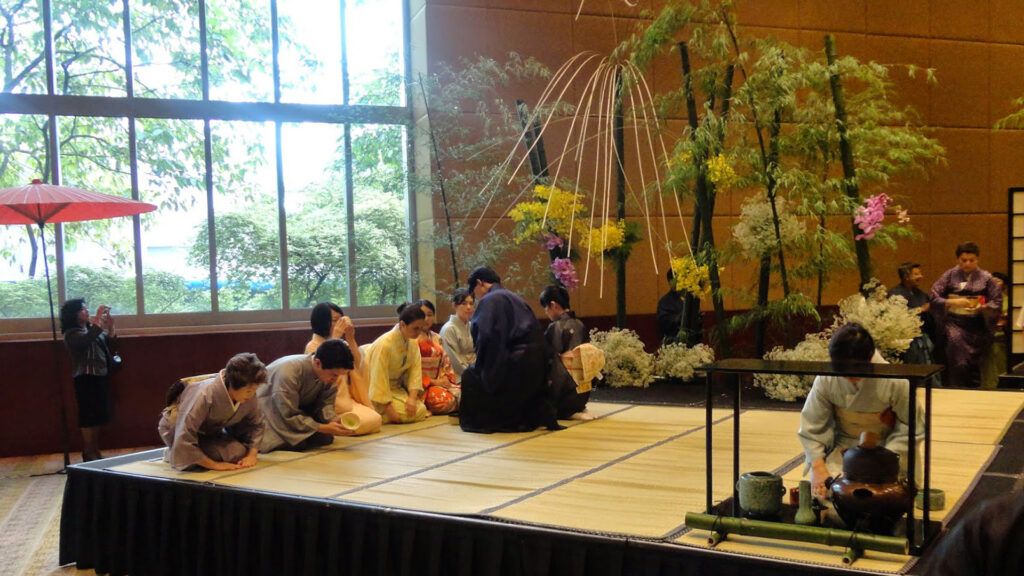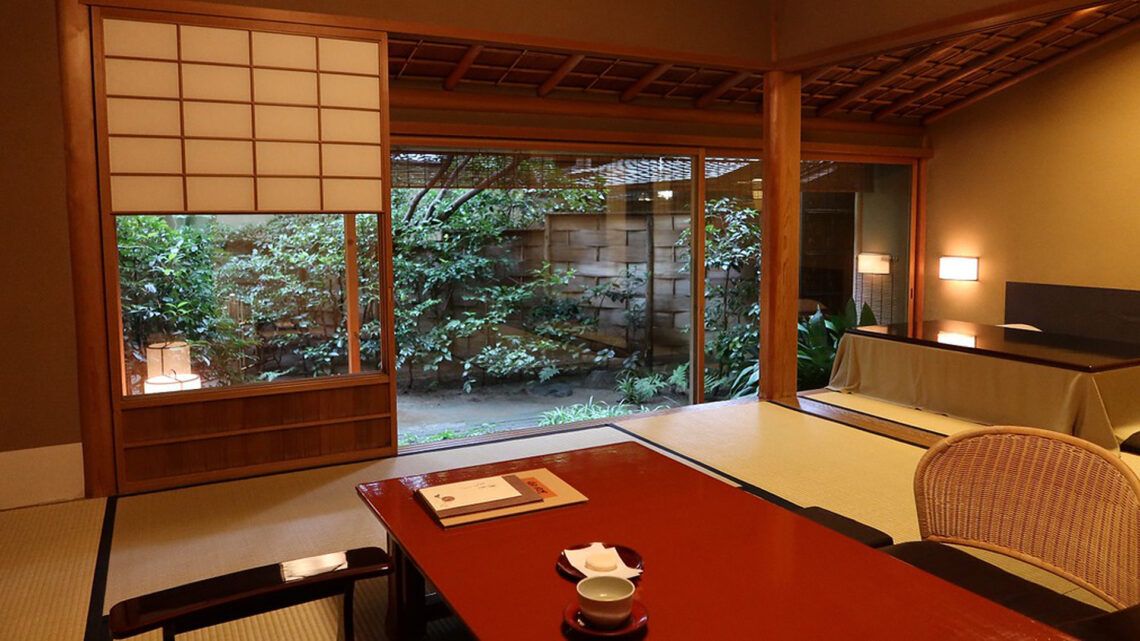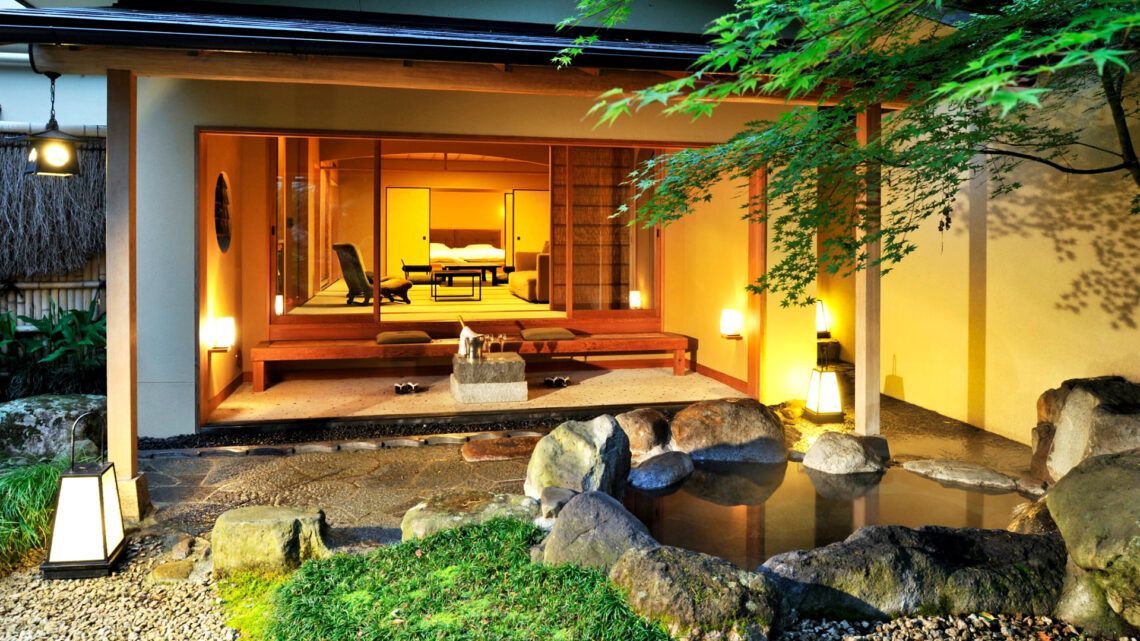
When it comes to experiencing the rich cultural heritage of Japan, one cannot overlook the significance of traditional teahouses. Tokyo, the bustling metropolis, may seem like a city filled with skyscrapers and modernity, but hidden within its vibrant streets are some of the most famous Japanese teahouses. These serene and tranquil havens offer visitors a unique glimpse into Japan’s tea culture, steeped in history and tradition.
In this article, we will explore the top teahouses in Japan, each with its own distinct charm and history. From the elegant tea ceremonies to the soothing ambiance, these teahouses are a must-visit for anyone seeking an authentic Japanese experience.
The Essence of Japanese Teahouses
Before delving into the specific teahouses, it’s essential to understand what makes Japanese teahouses so special. The art of tea, or “chanoyu,” is deeply rooted in Japanese culture and has evolved over centuries. It is a ceremonial practice that involves the preparation and consumption of matcha, a finely ground green tea. The teahouse itself plays a crucial role in this ritual, with its design and atmosphere designed to enhance the tea-drinking experience.
The Historic Urasenke Chado Center
The Urasenke Chado Center stands as a testament to the enduring tradition of tea ceremonies in Kyoto. Located in the heart of the city, this teahouse offers visitors a chance to participate in a real Japanese tea ceremony. The Higashi-Gyoen Garden, surrounding the center, provides a picturesque backdrop for this cultural experience.
In the heart of Kyoto lies a serene and culturally rich establishment known as the Urasenke Chado Center. This historic center serves as a gateway to the world of Japanese tea culture, offering a profound experience that resonates with both tradition and modernity. In this article, we will embark on a journey to explore the fascinating world of the Urasenke Chado Center, delving into its history, the art of tea, and the immersive experiences it offers to visitors.
The Urasenke Chado Center’s history dates back to the 16th century when Sen no Rikyu, a legendary tea master, revolutionized the art of tea ceremony. Rikyu’s philosophy focused on simplicity, harmony, and respect, which continue to define the core principles of the Japanese tea ceremony today.
The Urasenke tradition was established in the 17th century by Kanamori Sowa, who sought to preserve Rikyu’s teachings. This marked the inception of a lineage dedicated to perpetuating the art of tea.
Architectural Splendor
The Urasenke Chado Center’s architectural design reflects the essence of Japanese aesthetics. With its tranquil gardens, tatami-floored rooms, and sliding shoji doors, the center provides an authentic setting for tea ceremonies and cultural events.
Tea Ceremony as an Art Form
At the heart of the Urasenke Chado Center is the art of tea, known as “chanoyu” or “sado.” Visitors can participate in or witness traditional tea ceremonies, where every movement, gesture, and utensil is meticulously choreographed, creating an atmosphere of elegance and mindfulness.
The center offers a range of workshops, allowing visitors to gain hands-on experience in various aspects of Japanese culture. From calligraphy to ikebana (flower arranging), these workshops provide an immersive understanding of Japan’s artistic heritage.
The Tea Preparation
The process of making matcha, a finely ground green tea, is the centerpiece of the tea ceremony. It involves precise measurements, graceful gestures, and the use of traditional utensils, resulting in a bowl of frothy, vibrant green tea.
The Role of the Host
The host plays a pivotal role in the tea ceremony, guiding guests through the ritual with utmost hospitality. Each aspect, from the choice of utensils to the seasonal decorations, is carefully curated to create a memorable experience.
The Spiritual Connection
The Japanese tea ceremony extends beyond aesthetics; it embodies spiritual values. It encourages mindfulness, reflection, and an appreciation for the present moment, fostering a sense of inner calm and connection with nature.
A Taste of Tradition – Culinary Delights
Visitors to the Urasenke Chado Center can savor traditional Japanese sweets, or “wagashi,” which are specially crafted to complement the flavors of matcha. These confections are not only delicious but also hold cultural significance.
Unique Souvenirs
The center offers a variety of tea-related souvenirs, including tea sets, utensils, and textiles. These items make for meaningful gifts or mementos of the Japanese tea experience.
In a world marked by the hustle and bustle of modern life, the Urasenke Chado Center stands as a serene oasis where time-honored traditions thrive. It invites visitors to immerse themselves in the art of tea, encouraging introspection, cultural exploration, and a deeper connection with Japanese heritage. So, if you’re seeking a unique cultural journey, don’t miss the opportunity to access the Urasenke Chado Center.



